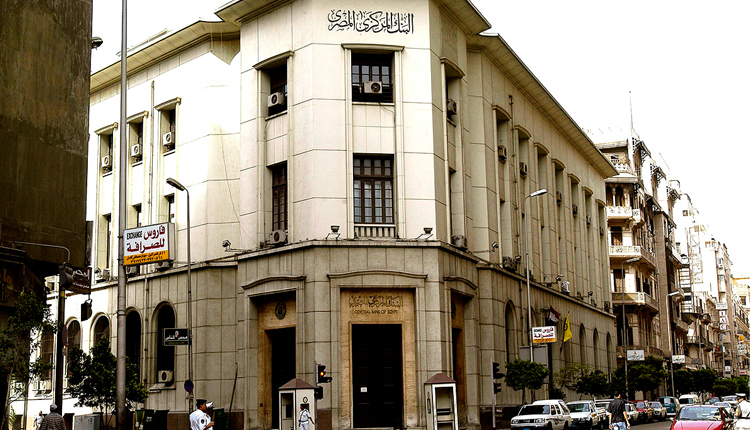Net inflows of the capital and financial account dropped by half to $5.4 billion in FY2019/20, down from the $10.9 billion registered in FY2018/19, according to the Central Bank of Egypt (CBE).
In a report on the balance of payments performance in FY2019/20, the CBE attributed this decline in net inflows to the decrease in total inflows of Foreign Direct Investments (FDIs) in FY2019/20 from $16.4 billion in FY2018/19 to $15.8 billion – a 3.4 percent decline.
Meanwhile, according to the report, total outflows rose by 2.8 percent to $8.4 billion in FY2019/20 from $8.2 billion in FY2018/19.
These updates resulted in a contraction of 9.5 percent in net inflows of FDIs headed to Egypt in FY2019/20 to $7.5 billion from $8.2 billion in FY2018/19.
Moreover, the report showed that net investments in the oil sector declined by 68.2 percent in FY2019/20, reaching a low of $1.1 billion.
It also revealed that investments in the non-oil sector witnessed a contraction worth $383.4 million in FY2019/20 to $1.1 billion.
This contraction was due to the decline in Greenfield investments projects, which dropped by $280.9 million; the drop in the real-estate investments in the domestic market, which contracted with $ 159.4 million; the increase in retained earnings, which recorded $4 billion; and the growth in credit balances surplus, which posted $1.2 billion.
As a result of the pandemic, portfolio investment saw outflows with a total of $7.3 billion in FY2019/20, compared to total net inflows of $4.2 billion that were recorded in FY2018/19.
Meanwhile, disbursements of medium and long-term loans and facilities increased by $2.4 billion, reaching around $6.6 billion, up from the $ 4.2 billion in FY2018/19.
On the investment income deficit, the report demonstrated that it slightly grew by $344.4 million, reaching $11.4 billion in FY2019/20, up from $11.0 billion in FY2018/19. At the same time, investment income receipts shrank by $72 million to $942.1 million.
On the other hand, the non-oil trade deficit was narrowed by $2 billion in FY2019/20 to record $36 billion, down from $38 billion in FY2018/19. This was a result of the pickup in non-oil merchandise exports that rose by $1 billion to $17.9 billion and the retreat in non-oil merchandise imports to $53.9 billion, down from $55 billion.
Since the beginning of the impact of the COVID-19 pandemic around the second half (H2) of FY2019/20, the report showed that there was a deficit in the balance of payments of $9 billion during this period, compared to an overall surplus of $1.7 billion in the same period of FY2018/19.
The report attributed the drop in services surplus, which fell by half from $5.8 billion in the same period of FY2018/19 to $2.7 billion in H2 of FY2019/20to $2.6 billion – a 54.9 percent decline.
In addition, FDIs in Egypt contracted by 38.4 percent to $2.5 billion in H2 of FY2019/20 from $4.1 billion in H2 of FY2018/19, according to the report



